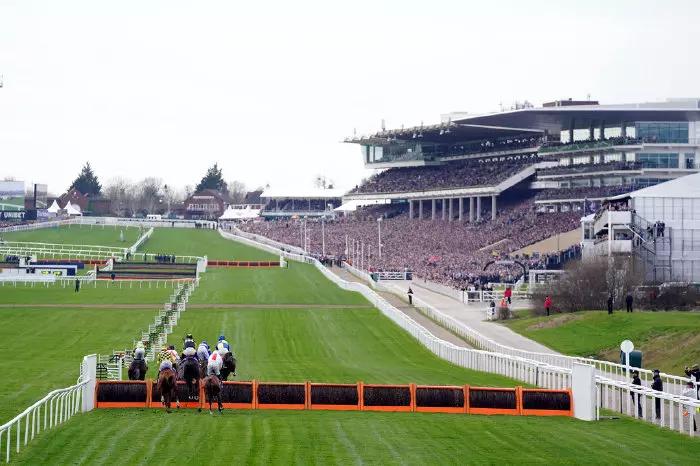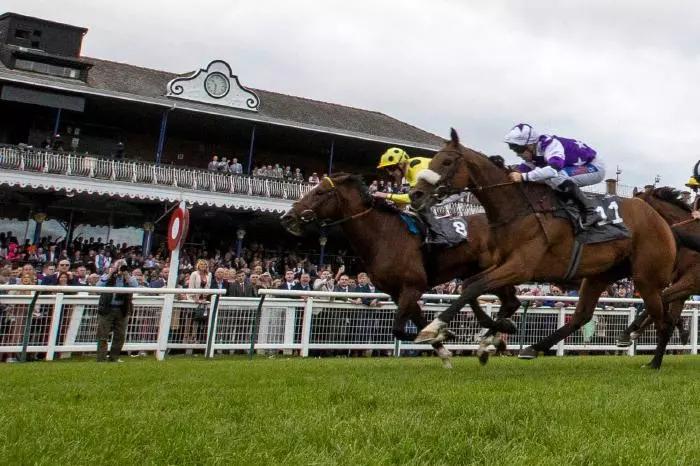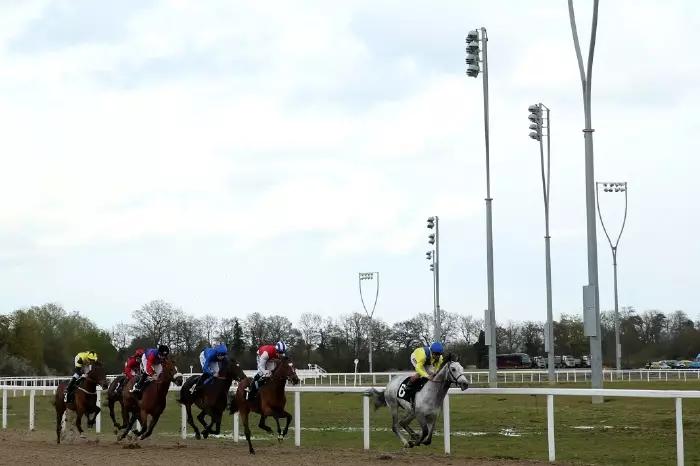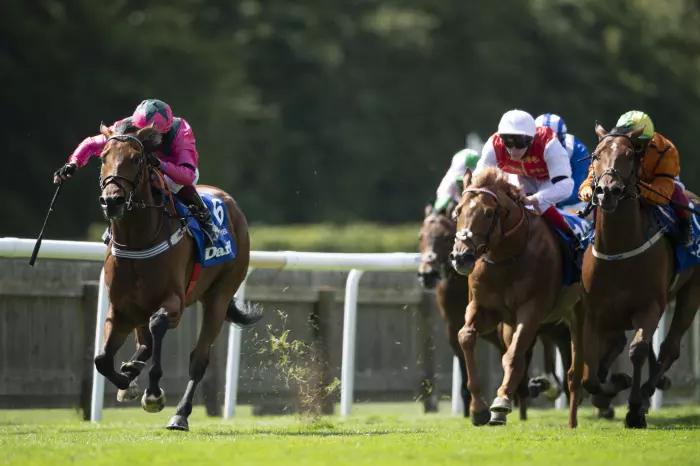Andy Gibson’s Festival insights: Cheltenham track bias and the Supreme Hurdle

Picking winners at Cheltenham can involve more factors than most punters appreciate, and racing analyst Andy Gibson examines how track bias can play a part in a race’s outcome at Prestbury Park.
I often refer to the disadvantage of the inside rail on the hurdles track at Cheltenham, particularly when horses are competing on a soft surface.
This is not to suggest that the inside rail is always the worst place to be, and in fact, occasionally it may be the only place to be.
The example I like to use is the 2015 World Hurdle which was won by a good-ground horse in Cole Harden. This Warren Greatrex horse had a tendency of hanging left and often lugged left over his obstacles, often keeping him close to the inside rail on a turning track like Cheltenham.
When he competed on soft ground, this habit tended to be a serious disadvantage and resulted in him finishing well beaten in both of his races at Cheltenham leading up to March 2015.
As a consequence, he was trading at a massive price for the Festival. Conversely, his tendency to move left proved to be a significant advantage in the 2015 World Hurdle, which was run on a much faster surface.
Soft ground the key
When the Festival races are run on soft ground, I prefer to believe that the best path to take is to jump the second last in the middle of the hurdle and then head for the outside rail. This understanding can be a real advantage for in-running players and also an opportunity to develop an idea of which jockeys do and don't understand the importance of this bias.
The 2023 Supreme Hurdle
It is no surprise that Willie Mullins holds a strong hand on Tuesday, and equally importantly, there is plenty of available evidence to suggest that he has understood the importance of his horses keeping wide into the home straight when competing over hurdles on soft ground before now.
Of course, this is no guarantee that his horses will stay wide in the latter stages on Tuesday. However, it does offer some hope that this may be the case, and this knowledge adds to the strength of Mullins' hand in the opening race.
With Facile Vega, Il Etait Temps, Dark Raven and Diverge representing him, it will be a major surprise should one or more of those fail to go close in the opening race.
Based on their latest two runs together, we have every reason to believe that Il Etait Temps may not be too far behind Facile Vega, even if the favourite is able to perform to his best after his below-par effort at Leopardstown last time out.
Personally, I would prefer the risk and reward attached to an each way bet on Il Etait Temps rather than invest my money on a short-priced favourite who finished tailed off last time out after being asked to go too fast in the first half of the contest.
Any potential bias has to be treated as fluid information, especially when we know that a lot of watering has taken place. The 14-runner Supreme Hurdle will hopefully offer plenty of clues as to the best part of the hurdles track on which to to compete.
I am not sure how significant it will be in the Champion Hurdle now there are only seven horses taking part. Hopefully the 20+ runner Boodles Handicap Hurdle will offer plenty of further clues regarding any bias to help inform us going into the second day.
Why do I believe this track bias exists?
Mainly it is through spending many hours over each summer analysing the previous winter's racing with a view to developing my understanding of potential track biases at any of the courses I bet on during the National Hunt season.
I watch and re-watch every race in its entirety, and then stop the action at several pre-determined points of the race to consider each horse's track position.
At each point, I make notes of how far every key horse is away from the inside rail, and also whether he/she is at the front, tracking, close to the middle, or towards the rear. Of course, I then note the finishing position of each contender.
This knowledge may not produce the winner of every race, but it certainly helps me to avoid backing a few losers along the way.




